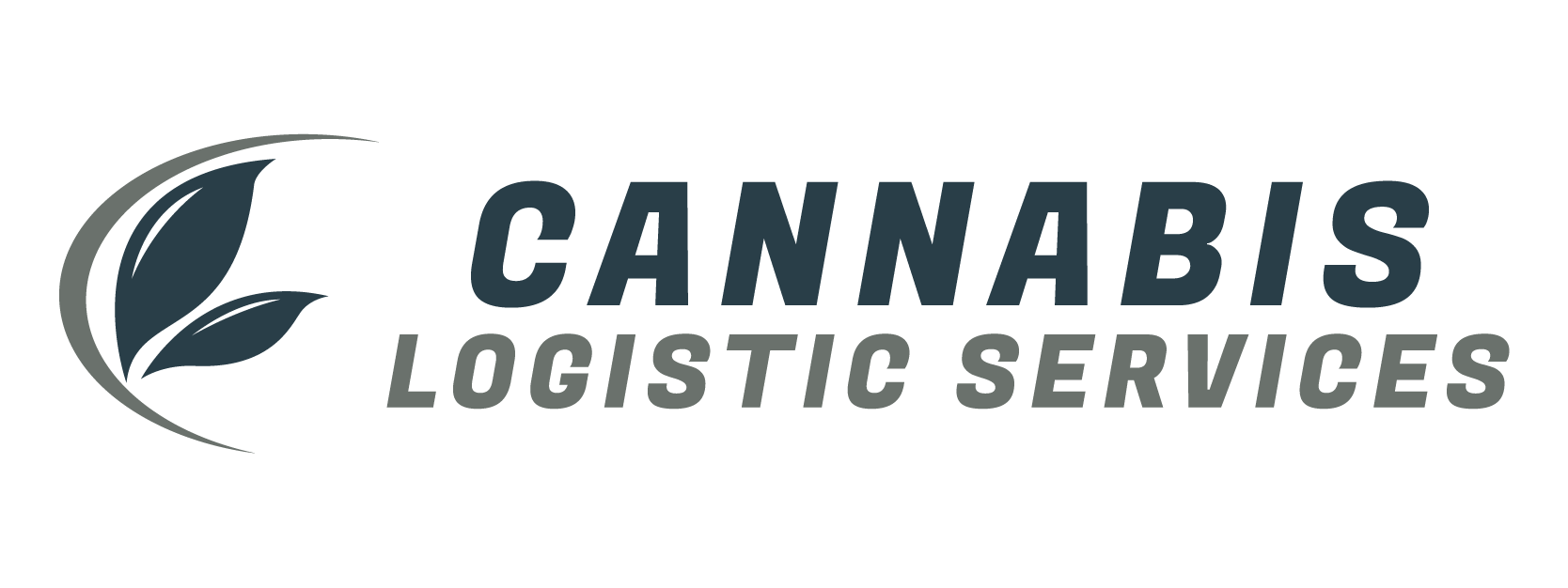Cannabis logistics companies operate under heightened scrutiny due to the high-value nature of their product and its complex legal status. Sequential strategies around planning, technology, personnel, and compliance are crucial to mitigating the main risks—product theft, diversion to illicit markets, and traffic-related law enforcement stops.
Rigorous Route Planning & Vehicle Hardening
Companies begin with strategic route logistics. Vehicles are often unmarked or use decoy wraps to avoid drawing attention. Routes are randomized and scheduled to avoid patterns that criminals or law enforcement can exploit. Certain high-risk routes are avoided altogether.
Transport vehicles are fortified with physical security enhancements—reinforced cages, lockable compartments, alarm systems, GPS tracking, and vehicle immobilizers—all aligned with industry standards.
Advanced Surveillance & Tamper Detection
Continuous monitoring is key. Telematics and GPS trackers provide real-time visibility, while sensors alert if doors are opened unexpectedly. Internal cameras in transport vehicles capture proof in case of tampering or unauthorized access.
Cloud-based storage of time-stamped video and access logs aid forensic analysis in theft or diversion cases.
Personnel Vetting & Training
Staff are often subject to extensive background checks, sometimes required by state regulations. Only trusted, cleared personnel handle routes. They receive regular training on security protocols: handling traffic stops, cash management, evasive driving, and law enforcement communication.
Training also covers mandatory reporting procedures, ensuring every incident—from attempted intrusion to break-in—is logged and reported in compliance with regulations.
Robust Documentation & Seed-to-Sale Traceability
Logistics operators strictly adhere to detailed manifests that include product SKU, quantity, origin/destination, vehicle ID, driver ID, timestamps, and chain-of-custody signatures. Regulatory platforms like METRC enforce real-time updates at each checkpoint, promoting traceability and reducing diversion risk.
Physical Security Infrastructure & Access Control
Destinations such as warehouses and dispensaries apply layered physical safeguards: perimeter fences, reinforced vaults, man-traps, biometric or credentialed access points, and extensive video systems. These measures deter both internal and external threats.
Human guards or remote monitoring personnel enhance deterrence, especially during high-volume periods like holidays (e.g. “4/20”). Periodic drills test the system’s readiness.
Optimization of Traffic Stops & Regulatory Collaboration
Cannabis transport operations typically coordinate in advance with local law enforcement, providing route info and contact procedures. Drivers carry “pink sheets”—official route manifests—that clearly state compliance with state regulations to avoid unnecessary delays or seizures.
Coordination and transparency help prevent escalations during stops and build trust with enforcement agencies.
Cybersecurity and Data Protection
Inventory systems, GPS trackers, and transport logs require robust cyber defenses—strong encryption, secure passwords, firewalls, and regular vulnerability assessments—to prevent digital tampering, unauthorized access, or ransomware attacks.
In Summary
Cannabis logistics providers deploy layered security—physical, digital, procedural, and human—to safeguard against theft, diversion, and traffic stop complications. By integrating fortified vehicles, advanced surveillance, strict personnel protocols, traceable manifests, secure facilities, law enforcement coordination, and strong cybersecurity, companies form a comprehensive defense-in-depth.
This integrated model not only protects product and revenue but also fosters regulatory confidence and community trust—key to long-term success in a tightly regulated and high-risk industry.
